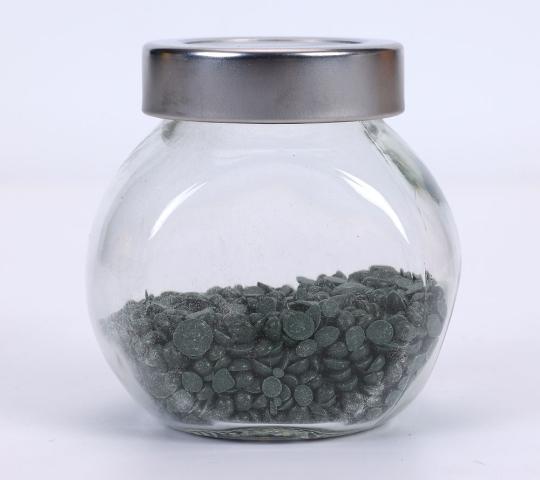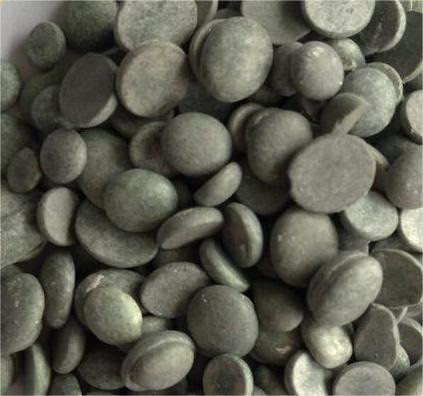When we think of tires, rubber seals, or hoses, we often forget that the rubber used to make them doesn’t come ready. It must go through a process, like a warm-up before a workout. That’s where something called a peptizer comes in.
Why Rubber Needs a “Warm-Up”?
Raw rubber—whether natural or synthetic—is tough, stretchy, and full of tangled molecular chains. Trying to work with it in that state is difficult. So, before it can be molded or mixed with other materials, rubber goes through something called mastication, or “softening,” to make it more flexible and easier to process.
But heat and machines alone aren’t enough. That’s where peptizers come in—they're like rubber's assistant, helping to soften it faster and more evenly.
What Exactly does a Peptizer do?
A peptizer is a special additive added at the beginning of rubber mixing. When heated, it helps break down the long molecular chains in the rubber. This makes the rubber softer and easier to shape, without weakening it too much. Think of it like giving the rubber a gentle haircut so it behaves better during processing.
Why Use a Peptizer?
Here are some key benefits:
Faster softening: Saves production time
Better mixability: Rubber blends more smoothly with things like carbon black and oils
Improved product quality: Makes sure all ingredients are evenly spread throughout
Energy saving: Less time mixing means less electricity used
Longer shelf life: Some peptizers even help the rubber resist aging
Meet DBD-40: A Popular Modern Peptizer
One common peptizer used in the rubber industry is DBD-40. It contains about 40% active ingredient and is known for being both powerful and eco-friendly. It works well with natural rubber and other synthetic rubbers like SBR or BR.
What’s great about DBD-40:
a. Works at temperatures between 80°C–160°C
b. Can be added early in mixing without disrupting later steps
c. Free from harmful chemicals like pentachlorothiophenol
d. Comes in powder, granule, or flake form for easy handling
e. Doesn’t cause “blooming” (when white powder appears on the surface)
f. Rubber manufacturers love it because it delivers results while meeting today’s environmental standards.
What Should be Noted When Choosing a Plasticizer?
When selecting a peptizer, keep these things in mind:
Rubber type: Make sure the peptizer matches your rubber material
Proper dosage: Too much can damage rubber strength
Health and safety: Pick non-toxic, REACH-compliant versions
Process conditions: Make sure it works with your equipment and temperature range
A peptizer is an essential helper in rubber processing. By breaking down molecular chains at high temperatures, it softens tough raw rubber, making it easier to mix and shape. In real-world manufacturing, using eco-friendly peptizers like DBD-40 helps improve efficiency, reduce energy use, and enhance product consistency. As green manufacturing and smart production continue to grow, the role of peptizers will become even more important. It's a fundamental concept that everyone in the rubber industry should understand.
 cwc@jxbh-masterbatch.com
cwc@jxbh-masterbatch.com Jiaxing Beihua Polymer Auxiliaries Co., Ltd. / Shanghai Crystal Wells Chemical New Materials Co., Ltd.
Jiaxing Beihua Polymer Auxiliaries Co., Ltd. / Shanghai Crystal Wells Chemical New Materials Co., Ltd.


































